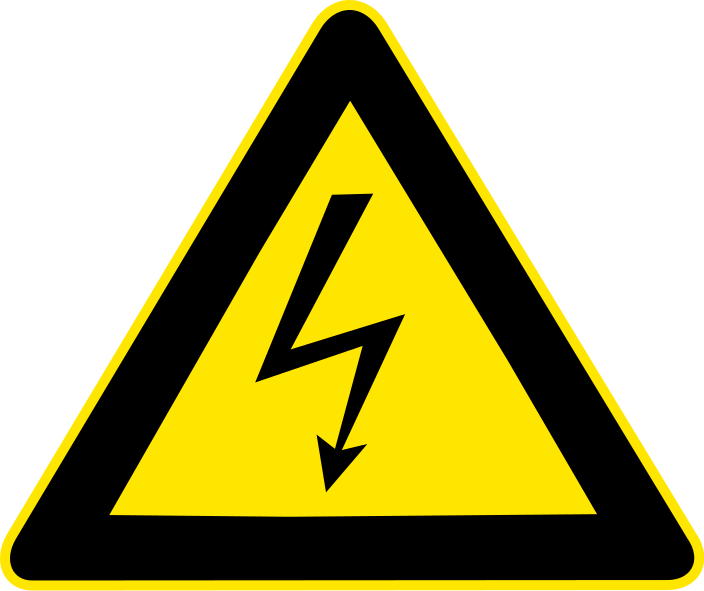2 Connecting the Instrument
The MultiPAS consists of two primary components: (1) the optical block and (2) the control box. Both the sample and signals flow between the two components, requiring the two to be connected both hydraulically and electrically. The two components should be placed near each other on a flat, level, vibration- and sound-free surface.

2.1 Connecting the Control Box
- Pass the electrical umbilical through the hole in the PAS case and connect the three SDR cables to the back of each laser; note the color code on the cables.
Connect the photodiode to the Photodiode connection on the control box with a coaxial cable via the BNC connections. Also connect the photodiode to the supplied +/-12 V power supply via the threaded, 3-pin connector.

Ensure the appropriate mains voltage is selected on the photodiode power supply before plugging it in.
- Connect the microphone amplifier to the back of the control box with a standard 3.1 mm audio cable via the audio jacks.
- Connect the Sample In barb on the back of the control box to the sample source (e.g. ambient air or simulation chamber). This is the sampling point.
- Connect the Sample Out to PAS barb on the back of the control box to the Sample In barb on the PAS case.
Connect the Sample Out to Pump barb on the PAS case to the Pump In connection on the control box.
The preceeding three steps are only used when the PAS is operating in “pull mode”, that is, pulling sample into the instrument. For “push mode” (e.g. when sampling from a gas cylinder) and further information regarding flows, see the chapter on the PAS flow system.
- Connect the control box to a computer via the USB-B connection on the back of the control box. Note: the USB connection powers the microprocessor inside the control box; the processor remains on as long as the USB cable is plugged in.
Plug the control box into the while with a three prong mains cord via the power entry module on the back of the box. The main circuitry remains off until the power switch at the cord is switched on.
2.2 Connecting the Microphone
Follow all instructions in the OptiMic manual (supplied separately) when using the microphone.
- Connect each prong of the fiber optic to the microphone amplifier via the bayonet connectors. The two connections are interchangeable.
Uncoil the minimum amount of fiber optic cable necessary, safely route it to the PAS, and gently slide the microphone into the Ultra-Torr connector on the microphone.

The microphone can be permanently damaged if the fiber optic cable is bent or crushed!
Tighten the Ultra-Torr connector until just sealed. Even slightly over-tightening the connector can result in permanent microphone damage, but undertightening can result in a leak and/or erratic signal.

The yellow region on the microphone body indicates the region most easily damaged by excessive force. Use extreme care when inserting the microphone!
If not already complete, plug the microphone into the appropriate connection on the rear panel of the control box using a 3.1 mm audio cable.
Plug the microphone amplifier into a 120 VAC outlet using the supplied 5V power supply. The green LED on the microphone should illuminate. You may need to turn the microphone on via the switch on the amplifier, set the noise reduction to zero via the second switch, and set the desired volume.